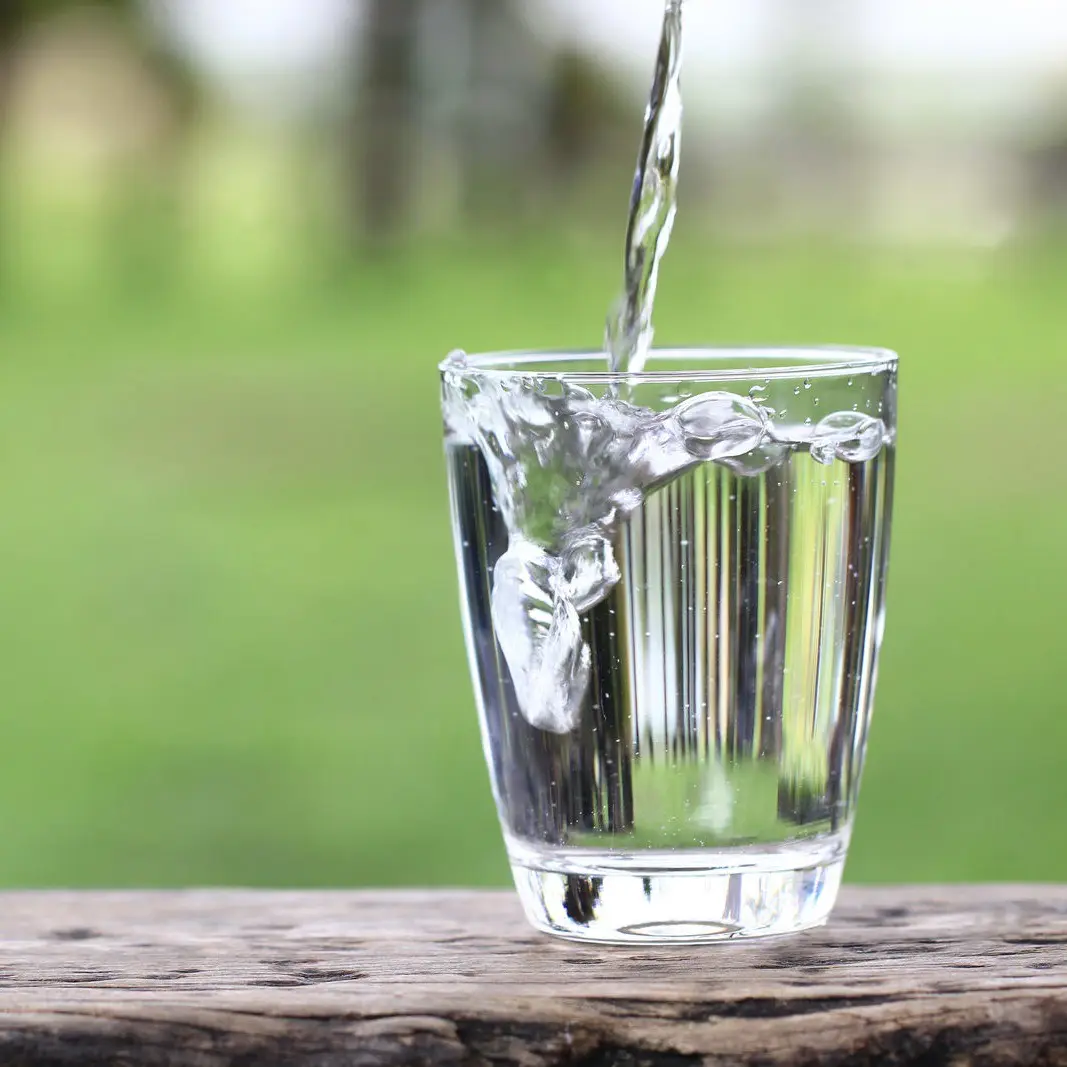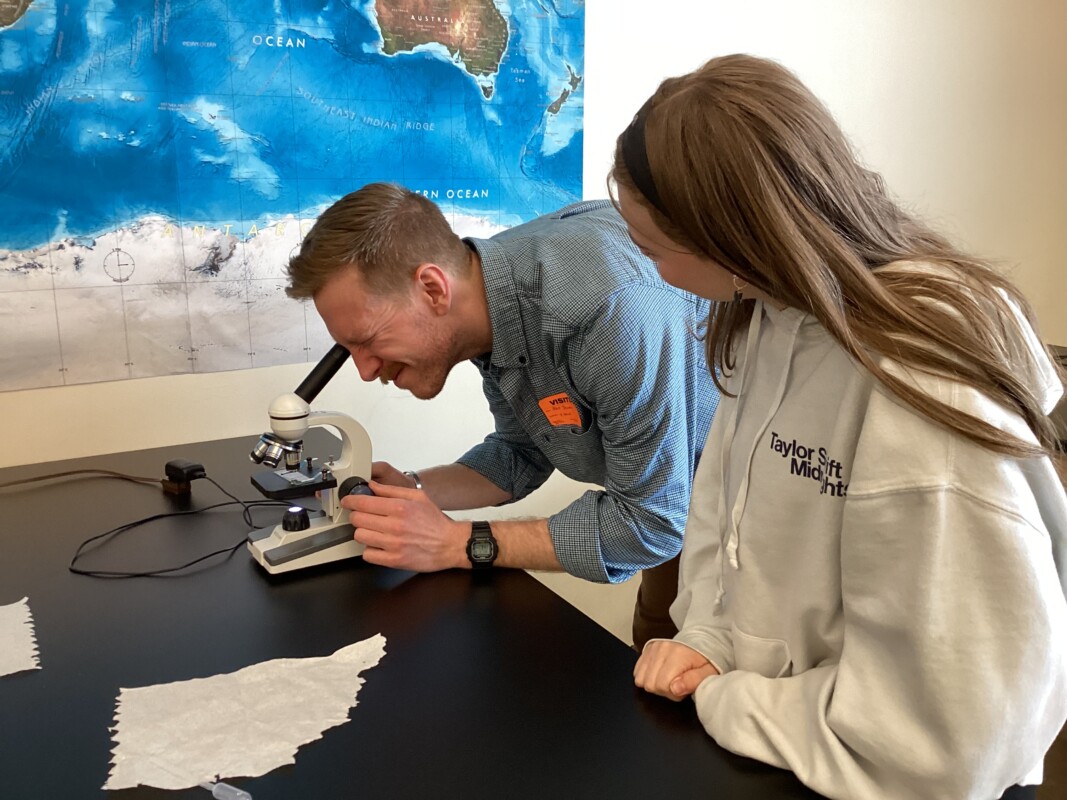1. Pick Up a test kit:
8:00 am-1:00 pm at the POWJH office – The WaterShed, 250 E. Broadway Ave.
Test kits are available in English and Spanish.
(Click on the date to add a calendar reminder)
Dates:
2. Collect the water sample in the morning.
- Test kits must be analyzed the same day the sample is taken. POWJH will transport them to the Health Department lab.
3. Return the test kit on the Thursday you sign up for when you pick up your kit:
- Dates: October 16, 23, or 30
- 8:00 am-1:00 pm
- POWJH office – The WaterShed, 250 E. Broadway Ave
What am I testing for?
This POWJH well testing program will look at two contaminants of concern – nitrates and fecal indicator bacteria (E. coli and Total Coliform). Human health issues from nitrates include diminished oxygen-carrying capacity in our blood, and E. coli can cause mild to severe upset stomach, diarrhea, fever, and vomiting.
The EPA’s current standard for maximum contaminant level (MCL) for nitrate in drinking water is 10 mg/L (or parts per million – ppm), established in 1962 to protect against blue-baby syndrome. While many studies from the mid-1900s were targeted at this potential outcome from elevated prenatal nitrate exposure, more current studies indicate that chronic exposure at lower levels starting at 2 mg/L may be associated with enhanced risk of digestive system cancers, such as colorectal cancer, and thyroid issues in adults, and adverse reproductive outcomes including low birth weight, preterm birth, or central nervous system defects in infants.
Learn more: Health Advisory for Nitrates in Drinking Water from POWJH – November 14, 2024
What’s included in the test kit?
Nitrate indicator test strips will be included in the test kits. If your nitrate strip shows 2 ppm or higher, please let POWJH staff know when you return your test kit. POWJH recommends further testing and will assist in coordinating a more comprehensive test kit for you from Teton Conservation District (TCD).
POWJH is also collaborating with Teton County Health Department (TCHD) to provide coliform bacteria test kits which will test for E. coli bacteria.
What do I do if I get a bad test result?
Due to the nature of aquatic contaminants like coliform bacteria and nitrate, it is best to get data to support the determination that a drinking water problem exists. Specifically, a comprehensive test from TCD, or a re-sample for coliform bacteria test from TCHD are the best next steps. If a problem is discovered, TCD, TCHD, and POWJH staff are here to help find the solution.


